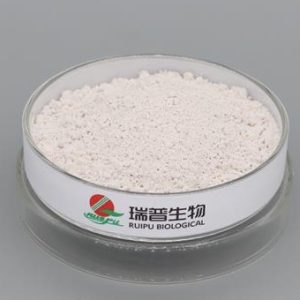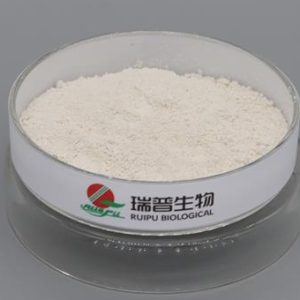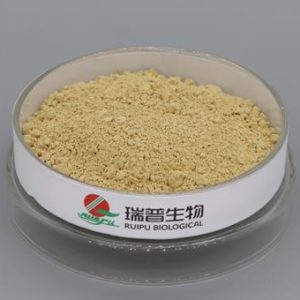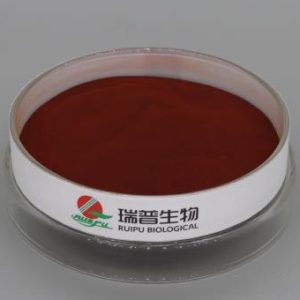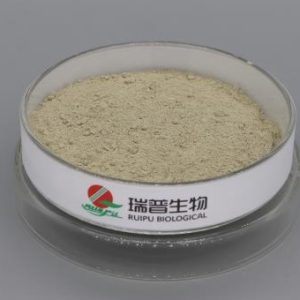As consumer rejection of artificial colors, flavors and additives has become mainstream, easy-to-understand ingredients lists are no longer a bonus for shoppers, but a baseline expectation. This purchasing behavior has given rise to the “clean label” trend, spurring brands across categories to clean up their products by formulating with simpler ingredients. ###But consumer and manufacturer understandings of what clean label means are often at odds with one another, panelists at the Institute of Food Technologists conference said last week. This confusion stems from the lack of a legal definition for the term, as well as the trend’s confluence with other movements shaping the industry — such as transparency, traceability and free-from foods. ###And while this gray area gives companies the opportunity to craft their own working definitions for their brandblack stool ferrous sulfates, IFT attendees also worried it gives them the power to mislead shoppers. ###“I think consumers have legitimate questions and legitimate confusion about what is better or worse them in food… [but] companies have treated clean label programs as first and foremost a marketing campaign rather than a [tool] to improve public health,” Laura MacCleery, policy director for the Center for Science in the Public Interest, said at a panel. “There’s health-washing going on in products that are essentially no better for you nutritionally.”###But how dangerous is this disconnect between consumer perception of clean label foods and the health benefits that these products actually offer? And despite these risks, has the clean label trend resulted in any tangible positive results?###One of the reasons the concept of clean is so confusing, panelists said, is because the term has extended to items beyond food. ###Product packaging has also evolved to reflect the values shoppers most often associate with the term. RXBAR’s front-of-pack marketing, which simply consists of a list of the bar’s ingredients, is perhaps the iconic example of design catering to clean label-focused shoppers. The buzzworthy packaging is arguably what has driven the bar maker’s explosive growth, which has spurred copycat products like Haagen-Dazs’s line of ice cream made with only five ingredients — a value-add that is prominently displayed on the frozen treat’s carton. ###But manufacturers don’t necessarily need to call out their ingredients on product packaging in order to capture the attention of health-conscious consumers. Dan Ahern, director of global innovation and design of Graphic Packaging International, said packaging design alone can convey a sense of transparency to the consumer, pointing to the rise of see-through windows, large amounts of white space and even “clean” font choices as evidence of consumer hunger for clean fare. ###Some panelists feared that the term’s growing ubiquity in the food space has caused it to become a catch-all descriptor for healthy, better-for-you foods — in the mind of the consumer at least. Some argued that this has led brands to eliminate technical-sounding additives — regardless of whether they improve the nutrition of a product or not — in order to qualify as “clean” and position their product as more nutritious than competitors. ###”There are several trends that are driving the consumer. One of those is this whole notion around transparency,” Mehmood Khan, PepsiCo’s vice chairman and chief science officer, told Food Dive in an interview. “You have to balance that tension with the comprehension and understanding of the consumer … [because] if I told you thatferrous gluconate whole30 something as simple as ascorbic acid is in this product, unless you have a science background, that’s a pretty scary compound … but it’s just vitamin C. But the regulations requiriron pyrophosphate e numbere me to call it acid.”###MacCleery said that this is one of the clean label trend’s biggest shortcomings. ###“There is a lack of consensus that’s been built particularly in the U.S. about what kinds of additives are bad for you or good for yoiron (as ferrous fumarate) là gìu,” MacCleery said. “[CSPI] did an audit of the clean label programs that companies have initiated, and we found some of the things they’re dropping are actually a benefit to public health. They’re dropping them because they have ugly-sounding names, but there may not be a scientific reason to do that.”###While some industry players worry that clean label call outs on food and beverage do nothing more than give shoppers permission to ignore more detailed product nutrition information, others believe that consumer interest in clean label signals an openness to learn about the realities of the food space.###According to FMI’s 2017 Grocery Shopper Trends, 65% of shoppers seek to avoid ingredients like salt, sugar and antibiotics, while 59% look for minimal processing claims like “no artificial preservatives” and “non-GMO.” Shoppers also want to know what “natural” means, and what terms like “cage-free” actually entail.###Khan said that PepsiCo’s Performance with Purpose 2025 sustainability agenda is divided into three pillars — product, planet and people — to meet these evolving consumer expectations. ###”The modern consumer truly has a breadth of interests,” he said. “The consumer wants to know everything to do with ingredients, how
are made, where they come from…carbon footprint or farm practices…and how we treat our people. Not just employees, but everyone including the farm workers helping grow the crops that go into our products and the communities we’re engaged in.”###There’s a case to be made for the clean label trend as a means of encouraging shoppers to think critically about what they put into their bodies and the types of agriculture or food production they want to support. ###And while there is still much debate about the trend’s nutritional viability, MacCleery said that the trend has made a meaningful impact from a sustainability standpoint by encouraging the elimination of antibiotics in meat.###“Antibiotic resistance is a feature of a number of the clean-label programs, especially by restaurant brands,” she said. “We care very deeply about… judicious use of antibiotics in animal agriculture, [which] we think is important for human health and also for animal health and the sustainability department.”###Despite the clean label trend’s ability to mislead consumers, MacCleery feels the reduction of antibiotics across majoriron (11) phosphate protein supplier signals opportunity for manufacturers to leverage clean labels for tangible change that can better the food space. ###“There is a big opportunity for the [food] industry and for the public health community to get together and say ‘A meaningful clean label program would have these elements,’ ” she said. “ ‘It would include these types of nutritional considerations… voluntary agreements around marketing the package, and it would resist these kinds of deceptive marketing practices’.”